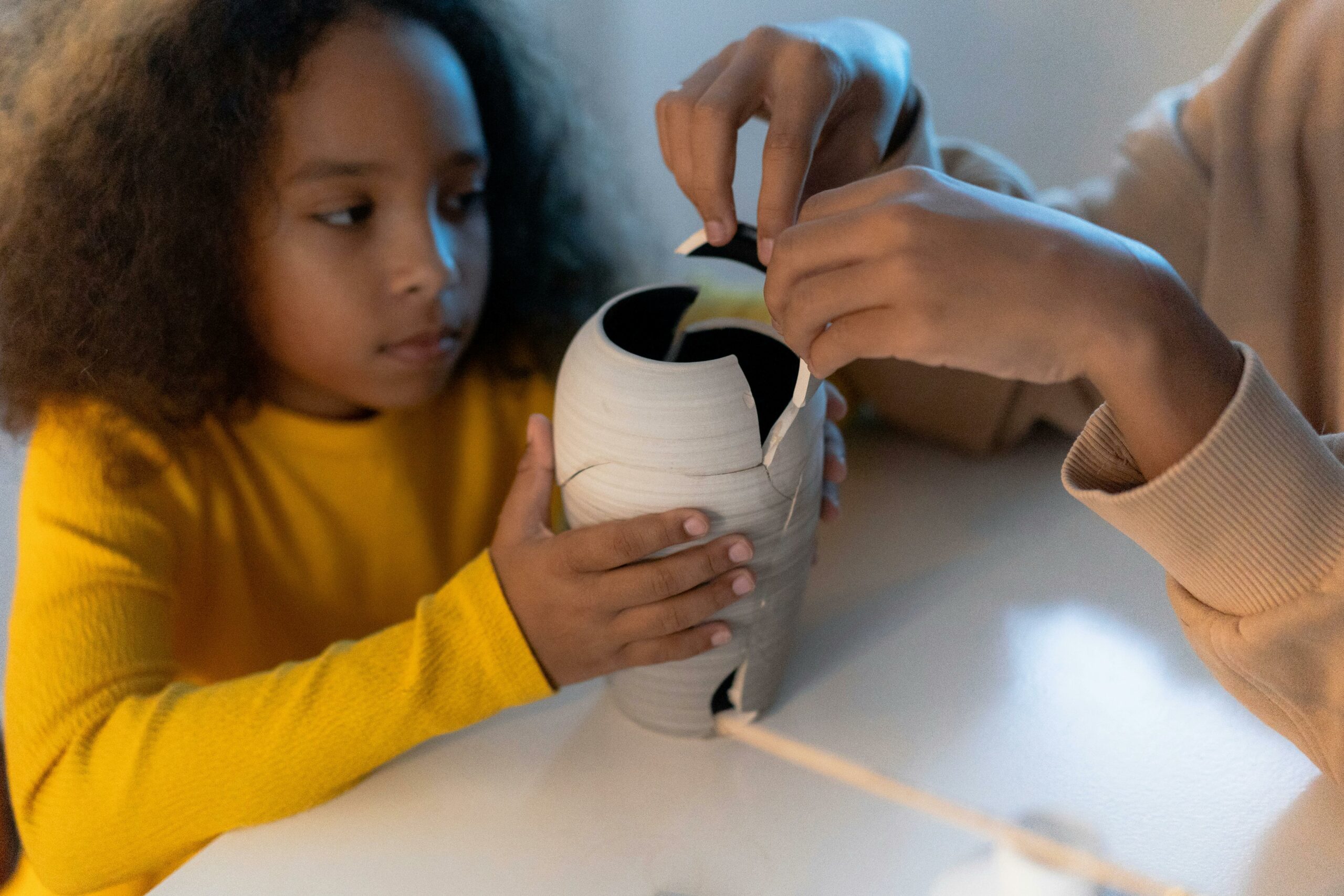
Cultivating Young Problem-Solvers: A Guide for Parents and Educators.
Every day, from squabbles over toys to perplexing math problems, children encounter challenges that test their resourcefulness. While our natural instinct might be to swoop in and solve them, equipping our kids with problem-solving skills is far more valuable. This article explores age-appropriate strategies to empower them to become independent, confident individuals.
Why Problem-Solving Matters
Builds Independence and Confidence: When children successfully navigate challenges, they gain a sense of accomplishment and trust in their abilities.
Enhances Resilience: Problem-solving skills equip children to bounce back from setbacks and persevere through difficulties.
Develops Critical Thinking: The process of analyzing a situation, brainstorming solutions, and evaluating outcomes fosters critical thinking skills.
Planting the Seeds of Problem-Solving
General Strategies (All Ages):
Model Effective Problem-Solving: Think aloud as you tackle challenges, demonstrating your thought process and highlighting the importance of learning from mistakes.
Embrace Mistakes: View missteps as opportunities for growth. Explain that finding the right solution often takes multiple attempts.
Empower Through Questions: Instead of providing solutions, ask open-ended questions that encourage children to articulate their feelings, identify the problem, and brainstorm solutions.
Age-Specific Activities:
3-5 Years:
Emotional Intelligence is Key: Young children need to manage their emotions before tackling problems. Use emotion coaching techniques to help them identify and process their feelings.
« Show Me the Hard Part »: When frustration sets in, guide them to pinpoint the specific challenge, making it less overwhelming.
Problem-Solve Through Play: Free play with Legos, puzzles, and dress-up clothes allows children to experiment and develop creative solutions.
Story Time Problem-Solving: Read stories where characters face problems. Discuss how the characters could solve them and explore different possibilities.
5-7 Years:
Introduce a Problem-Solving Framework: Develop a simple, consistent process for tackling challenges. This might involve steps like identifying the problem, brainstorming solutions, evaluating consequences, and choosing a course of action.
Craft Time Problem-Solving: Provide open-ended materials like markers, clay, and cardboard boxes. Encourage imaginative creations, fostering problem-solving through exploration.
The Power of Open-Ended Questions: Ask questions that spark critical thinking, like « How could we work together to solve this? » or « What do you think would happen next? »
7-9 Years:
Breaking Down Big Problems: As children face more complex challenges, equip them with the skill of breaking them down into smaller, more manageable steps.
The « Broken Escalator » Lesson: Use this video to illustrate the importance of taking initiative and not waiting for help when faced with a problem. Discuss why the people remained stuck on the escalator.
Problem-Solving Prompts: Challenge children to use everyday materials like straws and paperclips to solve unusual problems, encouraging creative thinking and persistence.
9-11 Years:
« Work for It »: When children ask for something, empower them to brainstorm and implement a plan to earn it themselves. This fosters problem-solving and builds confidence.
Problem-Solving on Paper: Encourage children to write down problems and brainstorm solutions. After attempting each solution, have them reflect on its success and what they learned.
12+ Years:
Checkmate Your Way to Problem-Solving: Learning chess is a fantastic way to develop problem-solving skills and critical thinking. Play together or learn alongside your teen.
Coding for Problem-Solvers: Coding promotes creativity, logic, and persistence. Explore online or in-person programs to help your teen build these valuable skills.
Meaningful Projects: Encourage teens to pursue projects they’re passionate about, like starting a YouTube channel. Problem-solving becomes an integral part of achieving their goals.
The SODAS Method: Teach this problem-solving framework: Situation, Options, Disadvantages, Advantages, Solution. This acronym helps teens approach challenges systematically.
By fostering a growth mindset and providing age-appropriate opportunities to develop problem-solving skills, we can empower our children to become resourceful, resilient, and confident individuals. Remember, the journey of problem-solving is just as valuable as the solution itself.


